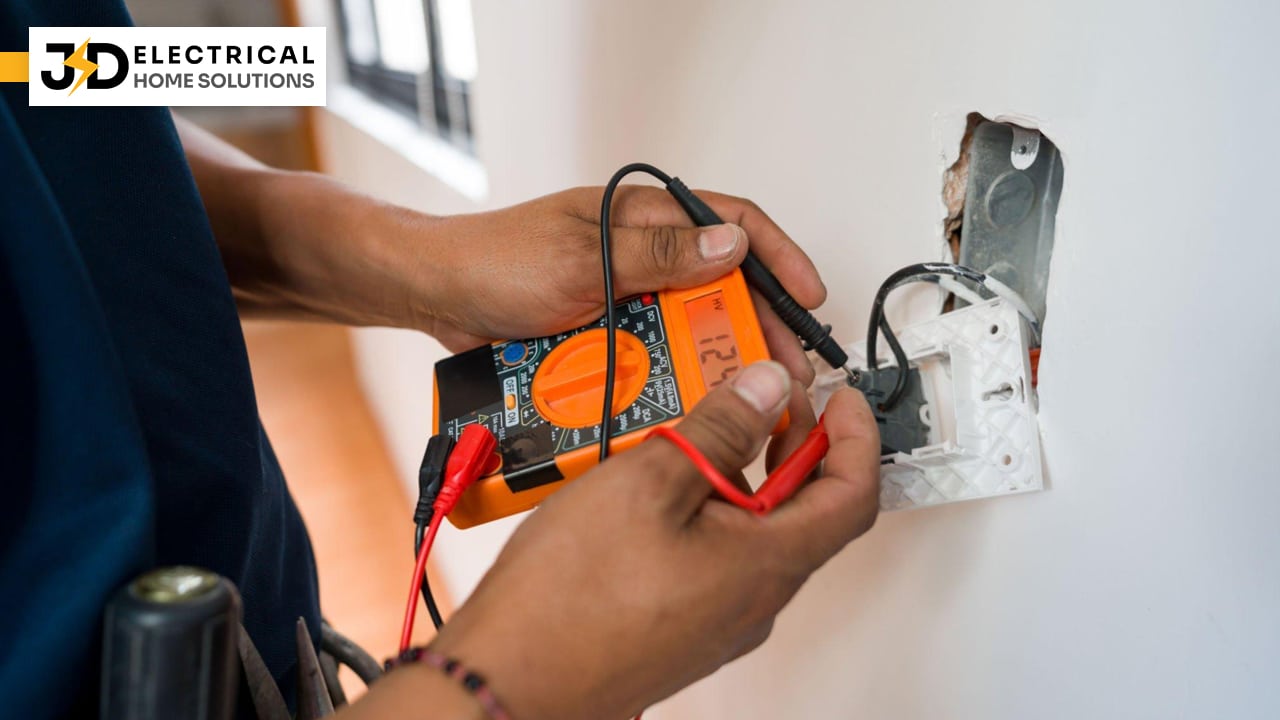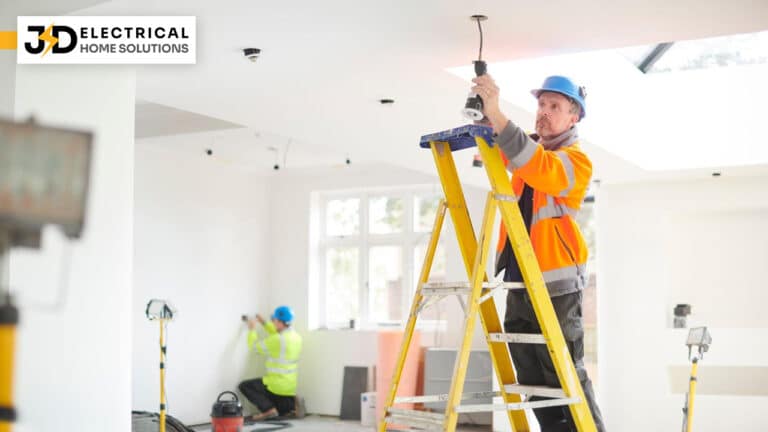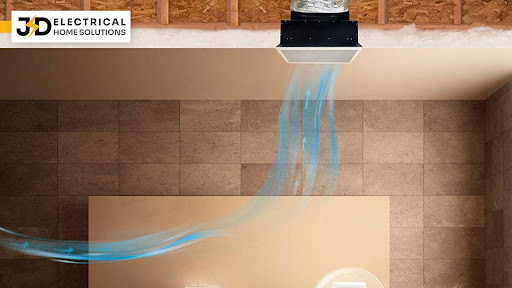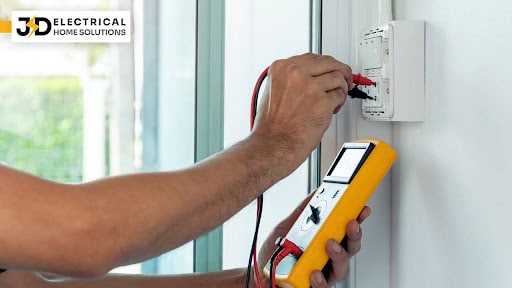Comprehensive Electrical System Troubleshooting: Tips from Professionals
Understanding Electrical Systems
Understanding the basic components of an electrical system is essential for effective electrical system troubleshooting. Electrical systems are the backbone of modern homes and businesses, providing power for a wide range of appliances, devices, and equipment.
Components of an Electrical System
An electrical system consists of several key components:
- Power Sources: Power sources provide the electrical energy that powers the system. Common power sources include electricity from the grid, generators, and solar panels.
- Wires and Cables: Wires and cables transport electrical energy from power sources to electrical devices. They are made of conductive materials like copper or aluminum and are insulated to prevent electrical shock.
- Electrical Devices: Electrical devices convert electrical energy into useful forms, such as light, heat, or mechanical motion. Examples include lights, outlets, appliances, and motors.
Common Electrical Problems
Electrical problems can range from minor inconveniences to serious safety hazards. Some common electrical problems include:
- Lights Not Working: This could be due to a blown bulb, a faulty switch, or a problem with the wiring.
- Outlets Not Working: This could be caused by a tripped circuit breaker, a loose connection, or a faulty outlet.
- Circuit Breakers Tripping Frequently: This indicates an overload or a short circuit in the electrical system.
Electrical Troubleshooting Tips
Effective electrical troubleshooting involves a systematic approach:
Gather Information
- Identify the Problem: Clearly define the electrical problem you are experiencing.
- Check the Power Source: Ensure the power source is turned on and functioning properly.
- Inspect Wires and Cables: Look for damaged, frayed, or loose wires and cables.
- Examine Electrical Devices: Check for signs of damage, overheating, or malfunction in electrical devices.
Use Troubleshooting Tools
- Voltage Tester: A voltage tester indicates the presence or absence of voltage in wires and outlets.
- Multimeter: A multimeter measures voltage, current, and resistance, providing more detailed information about electrical circuits.
- Circuit Tracer: A circuit tracer identifies the path of electrical current in a circuit.
Follow Safety Precautions
- Turn Off Power Before Working: Always turn off the power to the circuit or system you are working on before attempting any repairs.
- Use Proper Tools and Equipment: Use insulated tools and wear personal protective equipment (PPE) such as rubber gloves and safety glasses.
- Wear Protective Gear: Wear rubber gloves and safety glasses to protect yourself from electrical shock and arc flashes.
When to Call a Professional Electrician
Certain electrical problems require the expertise and experience of a licensed electrician:
- Complex Electrical Problems: Electrical issues involving multiple circuits, wiring configurations, or specialized equipment should be handled by professionals.
- Safety Concerns: If you suspect a potential safety hazard, such as a loose connection or damaged wiring, call an electrician immediately.
- Lack of Experience or Expertise: If you lack the necessary experience, knowledge, or tools to safely troubleshoot and repair electrical problems, consult a professional electrical contractor, such as JD Electrical Home Solutions, Denver, CO.
Electrical troubleshooting requires a combination of technical knowledge, practical skills, and adherence to safety precautions. By following these tips and recognizing when to seek professional assistance, homeowners can effectively address common electrical issues while ensuring their safety and the integrity of their electrical systems.
JD Electrical Home Solutions boasts a team of skilled electricians, fully qualified and certified to handle commercial electrical installations, evaluations, repairs, and upkeep. Contact us online or call us at 813-438-3150 for any electrical service you may need.
FAQs
- What is the difference between a voltage tester and a multimeter?
A voltage tester is a simple device that indicates the presence or absence of voltage in wires and outlets. A multimeter is a more sophisticated instrument that measures voltage, current, and resistance, providing more detailed information about electrical circuits.
- How do I safely reset a tripped circuit breaker?
First, identify the circuit that has tripped. Locate the circuit breaker panel and find the breaker that is switched to the “off” position. Carefully flip the breaker to the “on” position. If it trips again immediately, there is likely a problem in the circuit that needs to be addressed by a qualified electrician.
- What should I do if I smell burning wires?
If you smell burning wires, turn off the power to the affected circuit immediately and call an electrician. Do not attempt to investigate or repair the problem yourself, as there is a high risk of electrical shock.
- How do I prevent electrical fires?
To prevent electrical fires, follow these safety guidelines:
- Avoid overloading circuits by plugging too many appliances into a single outlet.
- Regularly inspect wires and cables for damage or fraying.
- Never overload extension cords.
- Use the correct type of fuse or circuit breaker for each circuit.
- Unplug appliances when not in use.
- Avoid using electrical devices near water sources.
- When should I call an electrician?
If you encounter any of the following situations, call a qualified electrician:
- You have a persistent electrical problem that you cannot resolve.
- You suspect a safety hazard, such as loose wiring or damaged outlets.
- You lack the experience or expertise to safely troubleshoot and repair electrical issues.
Remember, electrical safety is paramount. When in doubt, always err on the side of caution and seek professional assistance.







